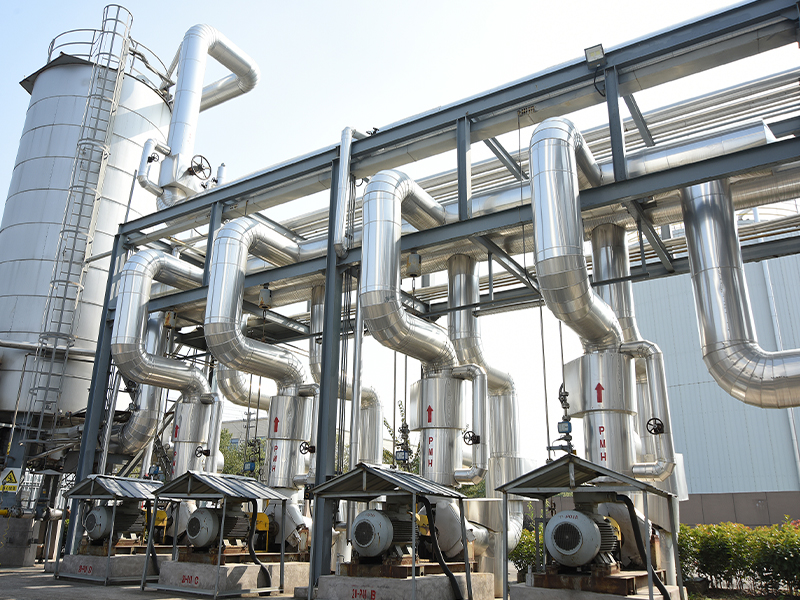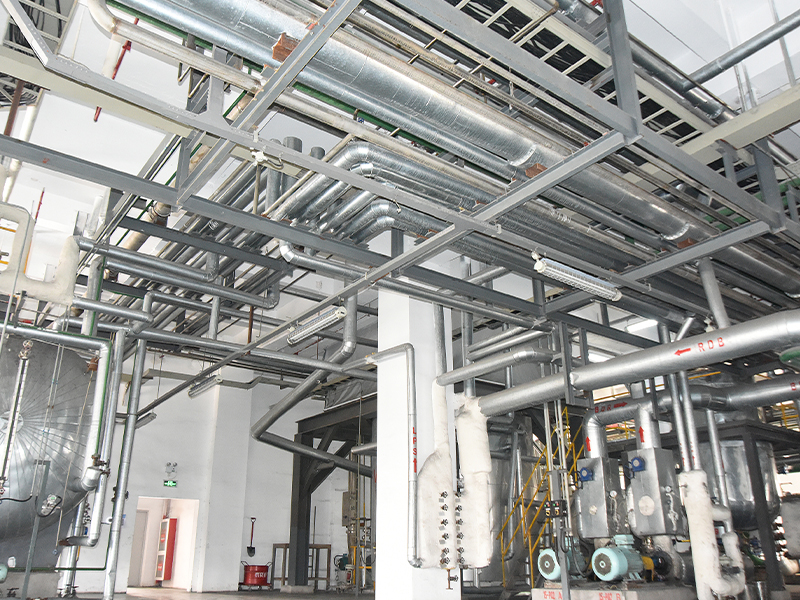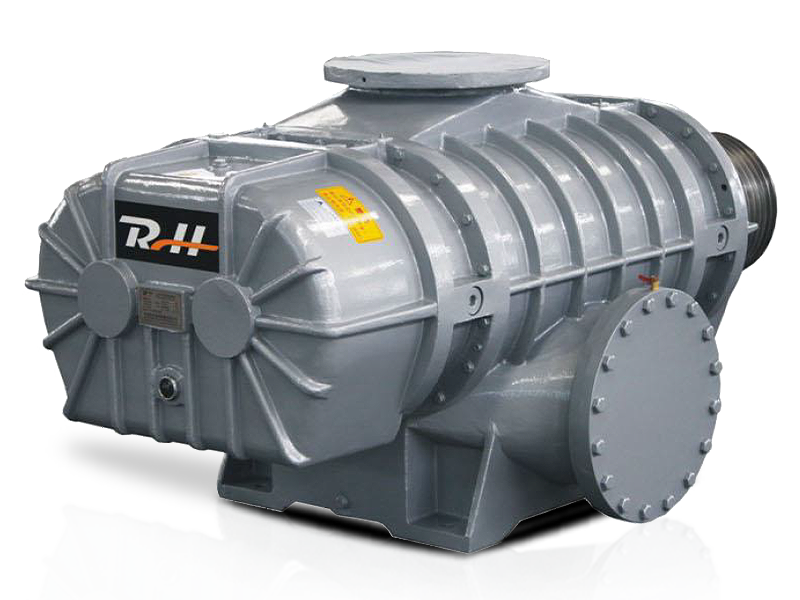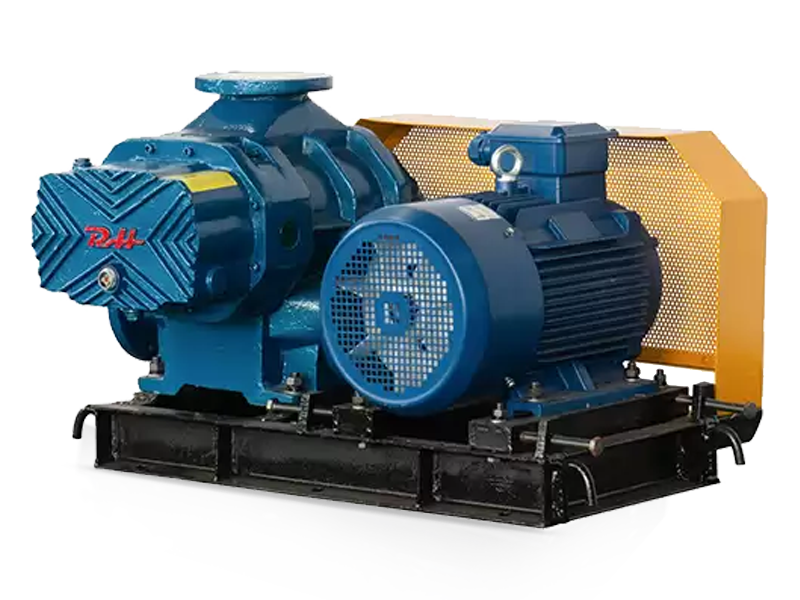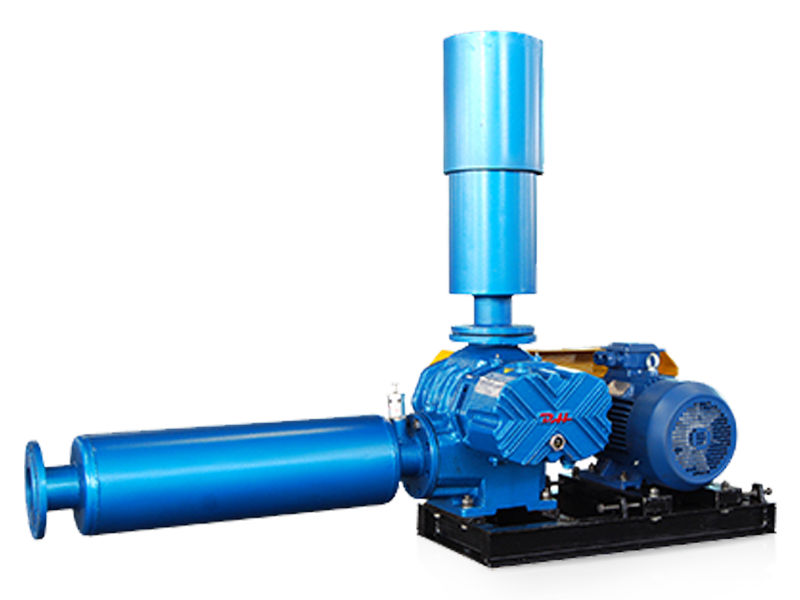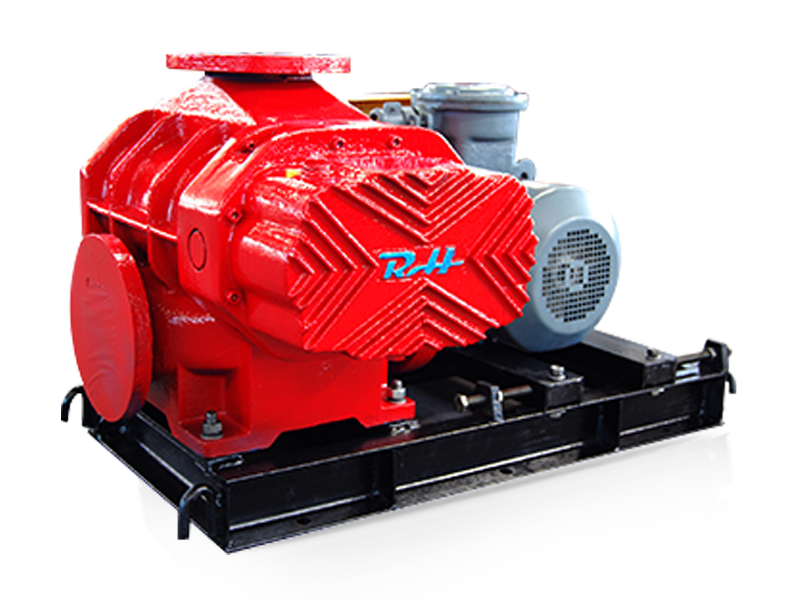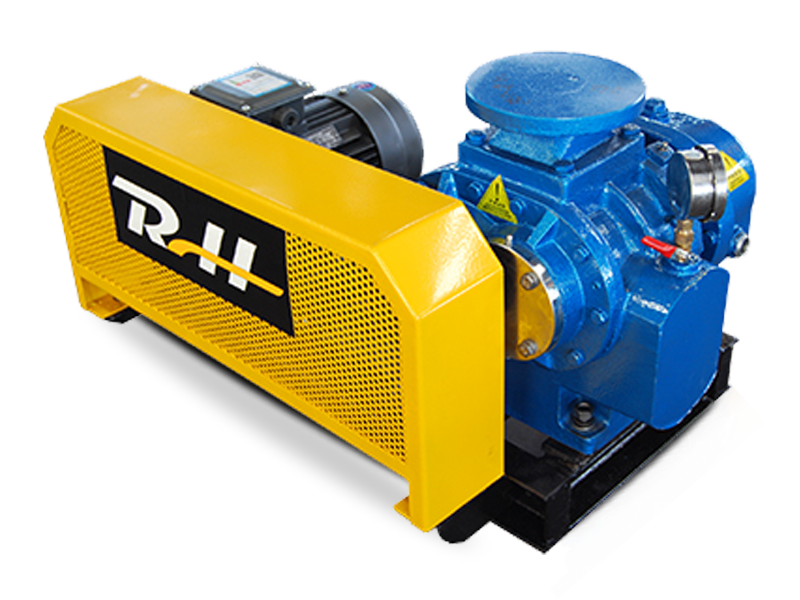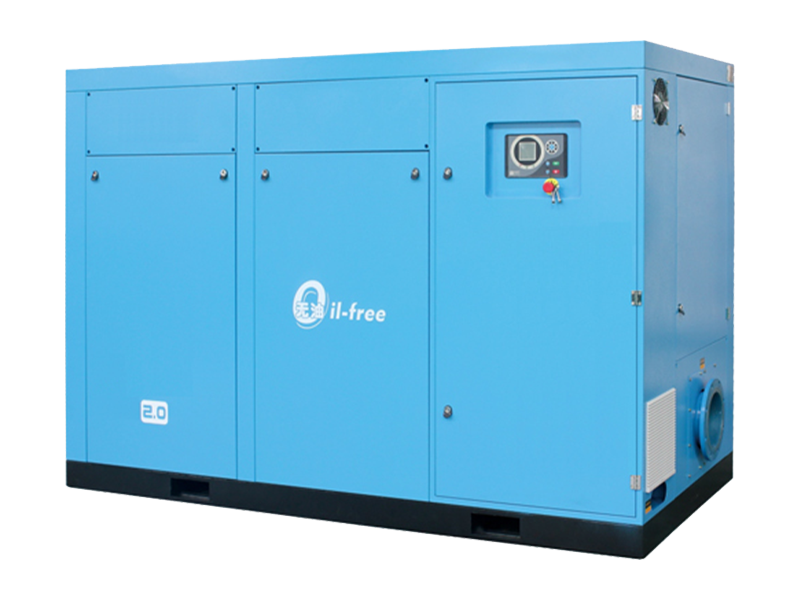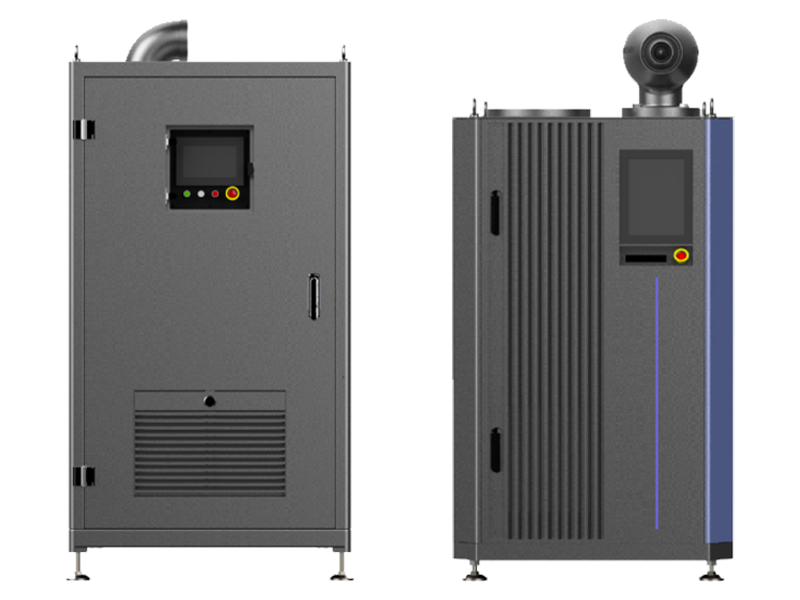Multistage centrifugal blowers are crucial rotating machines in various industrial and commercial applications. They are designed to increase the pressure of air or gases by leveraging the centrifugal force generated by an electric motor.
Key Components
Multiple Baffle Rings: They guide airflow smoothly into the eye of the impeller, reducing inlet passage losses. Combined with the two - dimensional impeller design, they increase blower efficiency and pressure/vacuum capability.
Balance Piston: It negates axial force, reduces pressure on the drive bearings, prolongs rotor bearing life, and minimizes leakage of compressed gas.
Multistage Shrouded Impellers: Two - dimensional shrouded cast aluminum impellers are balanced individually and keyed onto the shaft. The complete assembly is then balanced to achieve smooth operation with low vibration levels.
Flexible Coupling: Blowers and exhausters connect directly to the power source with a precision - aligned flexible coupling, optimizing power transfer and minimizing bearing loads for longer life.
Cast Housing: Blower housings are precision - machined from high - grade cast iron or cast aluminum for smaller models. Intermediate blower sections are assembled using high - strength steel rods. The blower and its driver are mounted on a single steel baseplate for durability.
Labyrinth Seal: It minimizes gas leakage throughout stages and prevents airflow reversal.
Carbon Ring Seal/Max Seal: Optional carbon ring seals are available for special air and gas applications requiring superior sealing. The Max Seal, an innovation in dry seal technology, reduces fugitive emissions and is ideal for handling toxic and explosive gases.
Working Principle
The drive mechanism, which can be direct or indirect, makes the impellers rotate. The rotation pulls in ambient air or gas into the inlet.
The air or gas is then sent through the ducted housing. As the impellers rotate, the centrifugal force boosts the kinetic energy of the gas particles, increasing their speed.
Due to the resistance offered by the system's elements, the increase in speed results in an increase in pressure. The pressure builds up as the air or gas goes through a number of stages.
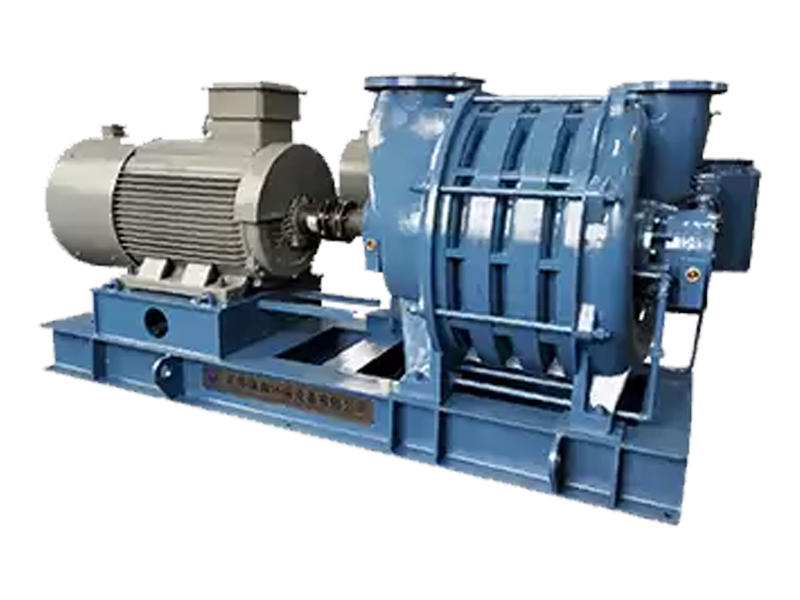
Advantages
High Efficiency: Through the use of advanced impeller designs and multi - stage configurations, they can achieve high - efficiency air or gas delivery over a wide operating range.
High Pressure Capability: They are capable of generating relatively high pressures, making them suitable for applications that require air or gas to be moved against significant resistance.
Stable Operation: The balanced impellers and robust construction of multistage centrifugal blowers contribute to stable and reliable operation with low vibration levels.
Low Maintenance: With few wearing parts and a simple design, they generally require minimal maintenance, resulting in low operating costs.
Applications
Water and Wastewater Treatment: They are used in applications such as aeration, aerobic digestion, biogas, digester gas boosters, filter backwashing, and air scouring.
Industrial Processing: This includes air drying, coal gasification, gas boosting, landfill gas, sulfur recovery, and pulp dewatering.
Engineered Vacuum Systems: Applications like flux recovery, dust collection, oral evacuation, pneumatic conveying, powder coating, and quality control.
Conclusion
Multistage centrifugal blowers play a vital role in numerous industries due to their ability to efficiently increase the pressure of air or gases. Their reliable operation, low maintenance requirements, and wide range of applications make them an essential piece of equipment for many processes. As technology continues to advance, these blowers are likely to become even more efficient and versatile, further expanding their applications in various fields.


 русский
русский Español
Español عربى
عربى